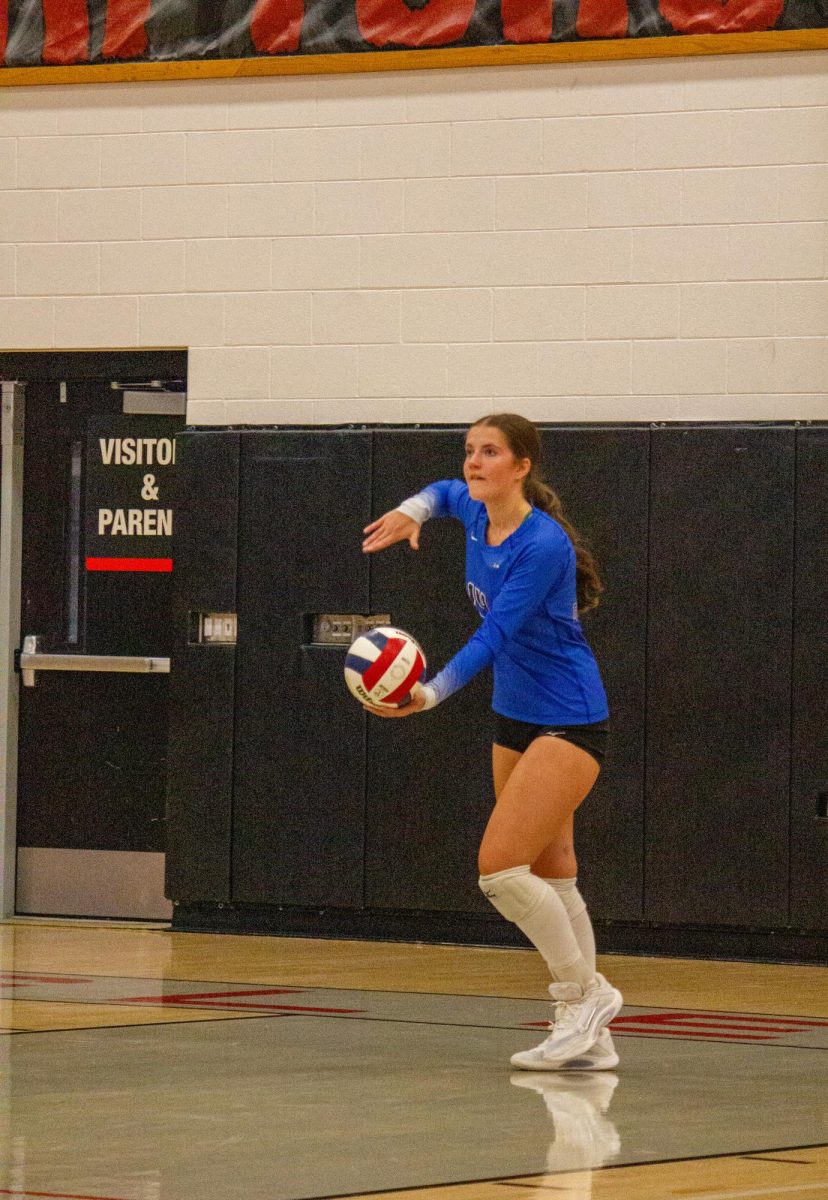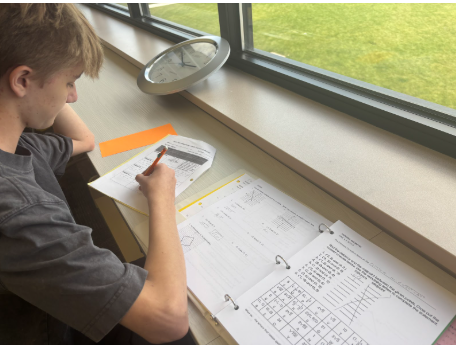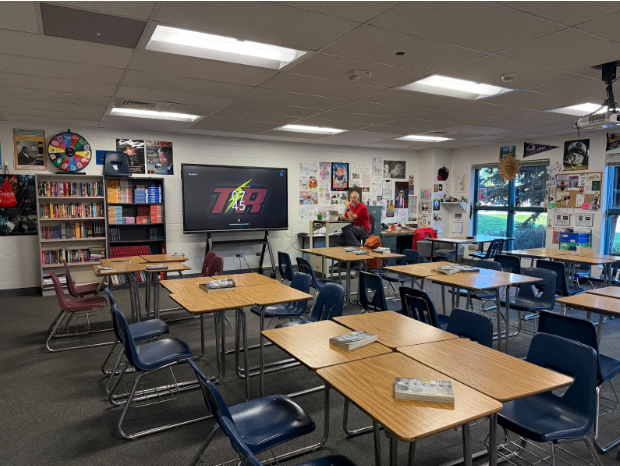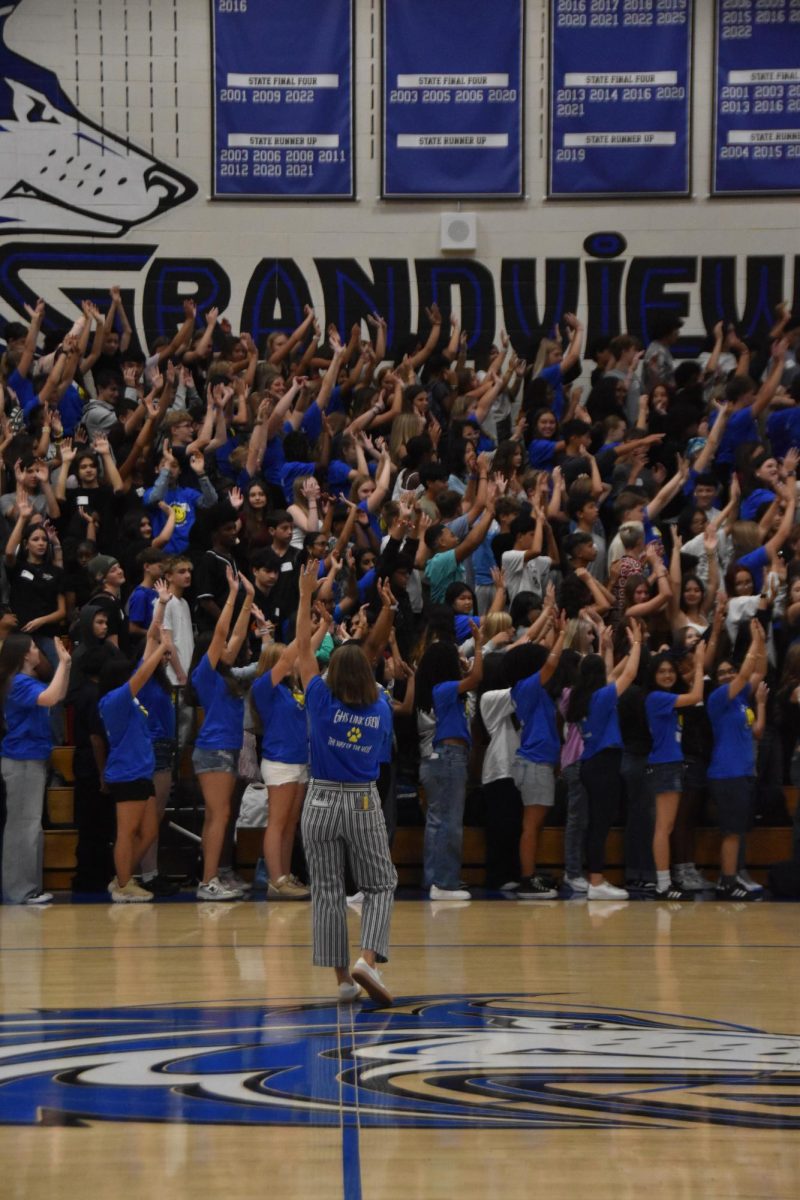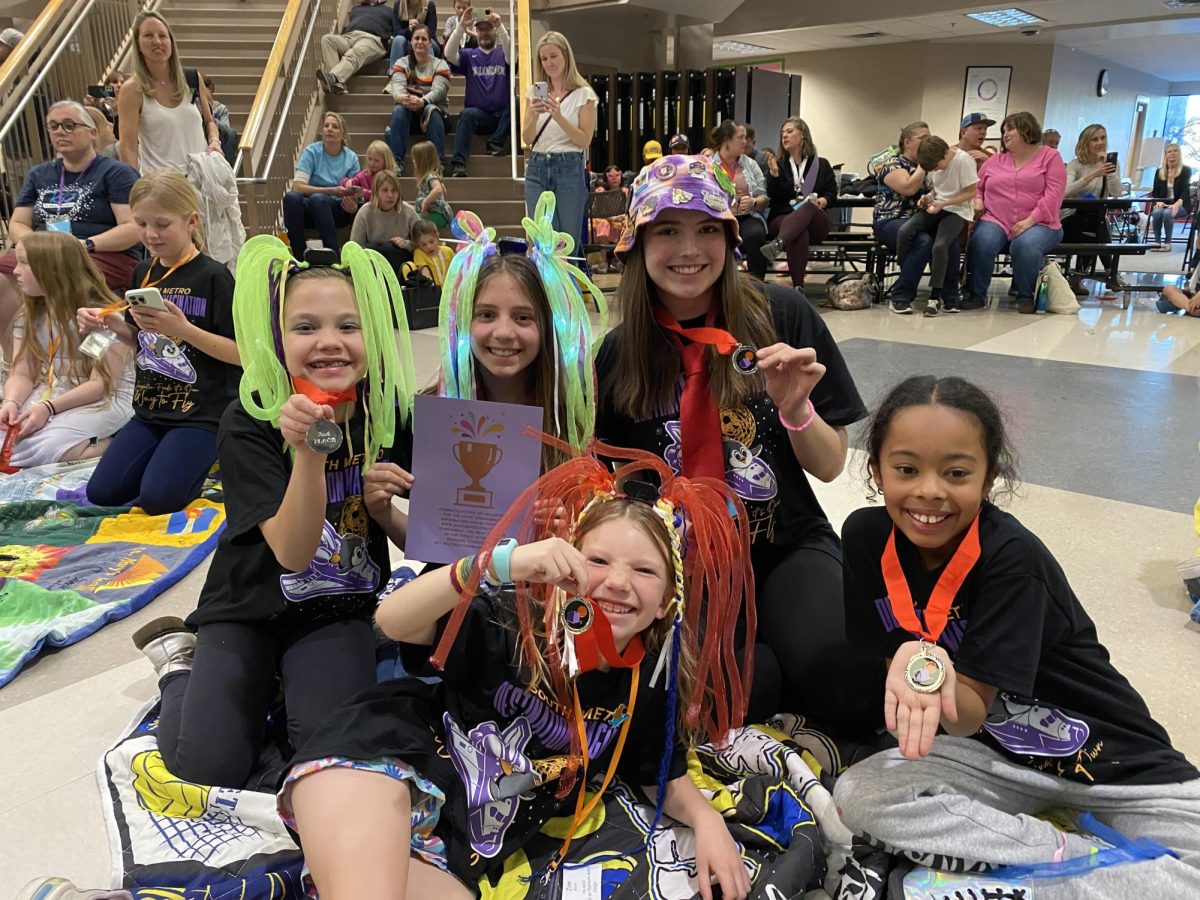“The conscious use of skill and creative imagination” is what art is considered under the definition of the Merriam-Webster Dictionary. But in his photography class, James Dykstra (Photography) questioned this and asked his students a simple question that opened up the definition of art.
“It’s important to understand what art is,” Dykstra said. “Especially in an art class because that’s what they’re gonna be expected to create and in the grand scheme of things as art teachers, we need to provide students with an understanding of what their goals and intentions are.”
To help his students understand art, Dykstra made a presentation that guided them through different works of art.
“We looked at a variety of different art throughout history, and different movements and styles, and had the students analyze what they perceived or classified art as,” Dykstra said. “Then what do they classify good art as?”
Good art may be subjective, but its concept is talked about in every art class. We praise Van Gogh, Da Vinci, and other similar artists to create a standard to judge art from. Once exceptional art is studied, it can be created.
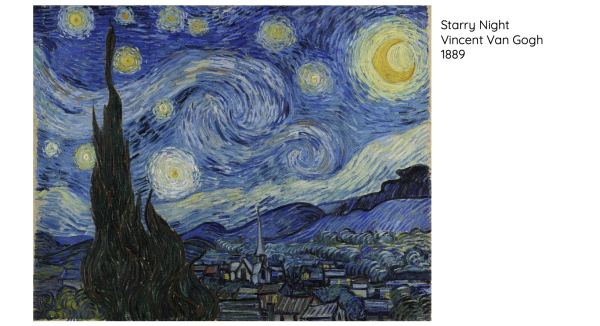
“Art has become the idea that anything that somebody creates or titles, art becomes art, but good art has a standard and each person’s standards are different,” Dykstra said.
As each piece was presented, Dykstra asked two questions: ‘Is this art?’ and ‘Is this good art?’ Dykstra’s students had different ideas of what pieces were art and what pieces weren’t.
“It’s always fascinating to see what students’ limitations are when they finally decide something isn’t art,” Dykstra said. “We start off with typically famous pieces that are openly accepted as art. Then it slowly gets to those somewhat more contentious pieces or controversial pieces. And that’s when people start being like, ‘No, it’s not art.’”
To his students, certain elements needed to be included for them to consider it art. They kept those thoughts in mind while the pieces were presented to them.
“I thought art was art when the subject was made with intention,” said Reisa Cox (9).
Within one class, the idea of what was art differed from student to student.
“I think the pictures with a deeper meaning behind them were better pieces of art,” said Kailee Rowe (9).
Dykstra’s students built a new perspective on the type of art that they wanted to create based on their views of art. This is where students can learn to be inspired.
“It’s always the idea of building on the backs of giants,” Dykstra said. “There are very few artists that are predominant within the artistic world or famous within the artistic world that weren’t drawing inspiration from previous artists.”
Though most art builds on previous works, society still has changed over time. Dykstra included past and present pieces to help students understand this concept.
“[Art history] shows how societal thought has changed over time and our culture’s perspective of the world has altered,” Dykstra said.

To help add what the perspective of the piece was at the time it was made or popularized, Dykstra gave context to the pieces so his students could gain deeper understanding and sway their opinions.
“Art in and of itself is often misunderstood without context. And especially because it is an expression,” Dykstra said. “The way that people express things is very personal to them and personal to their understanding.”
By adding context to the pieces, Dykstra was able to change what students thought about certain pieces. For some the pieces went from being bad art to being great art.
“The picture drawn by the elephant,” Rowe said. “Without knowing that it was made by an elephant, you would think, ‘Oh, it’s not that great of a pieces of art because it was made by a kid.’ But when you know or figure out that it was done by an elephant-It’s like- ‘Wow, because elephants can’t do that.’”
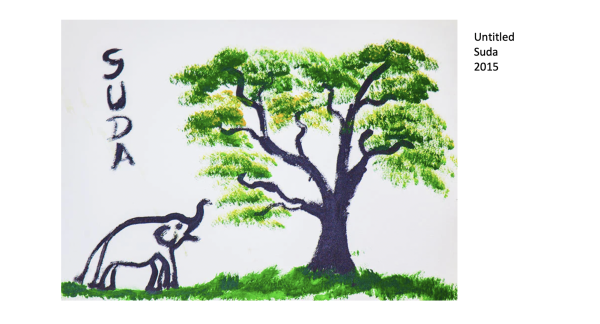
From combining all the elements of Dykstra’s presentation, to learning his students’ opinions, and then teaching them about important elements of art, Dykstra wanted to leave his students thinking.
“Some kids left really, really excited and curious and wanting to know more about art and how this is gonna play into photography,” Dykstra said. “I think some kids leave confused because they still just don’t grasp some of the concepts around it. But I think as a whole, kids left with some questions and some curiosity and I think that that’s a good way to end the first day of class- with questions and curiosity.”



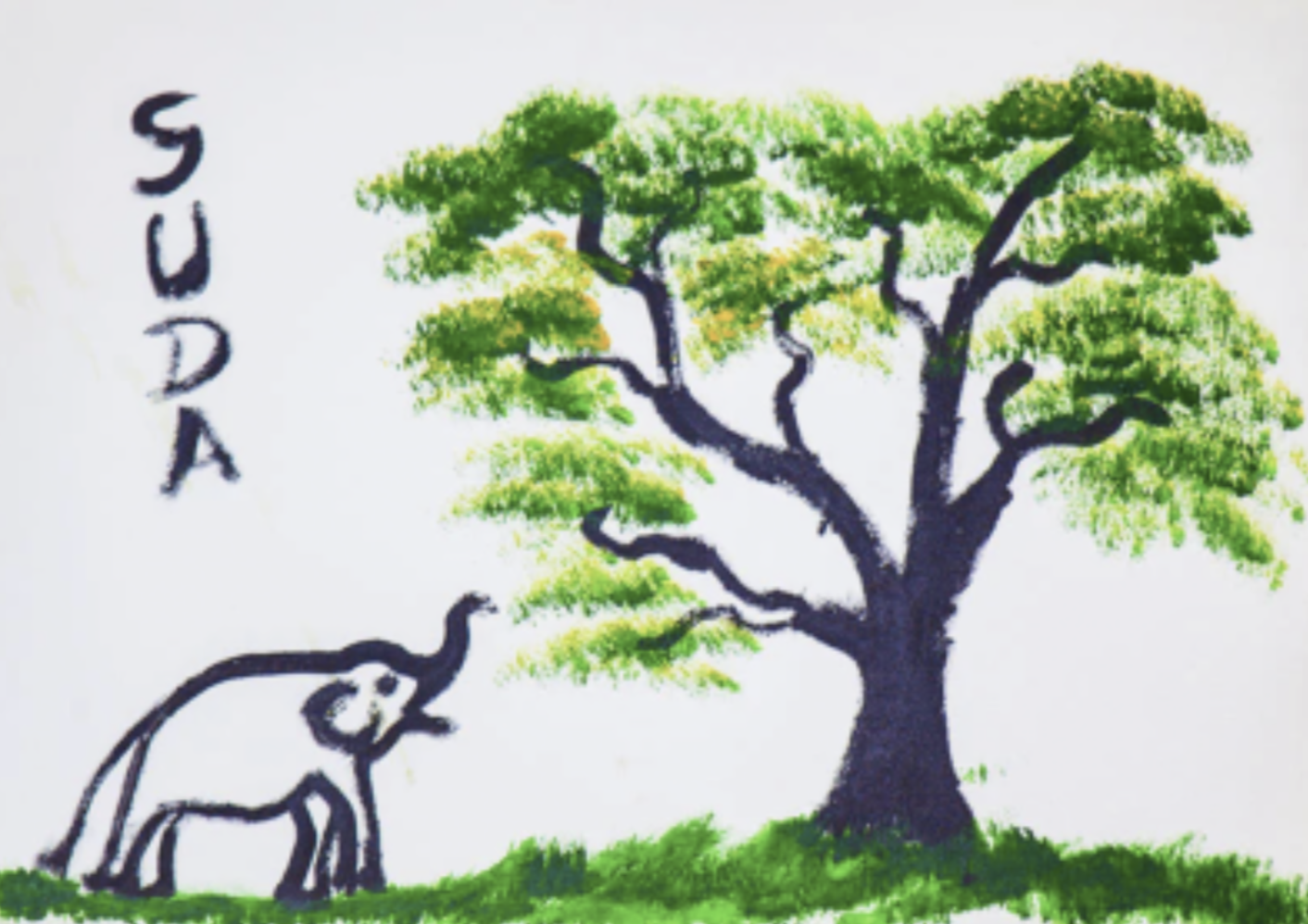
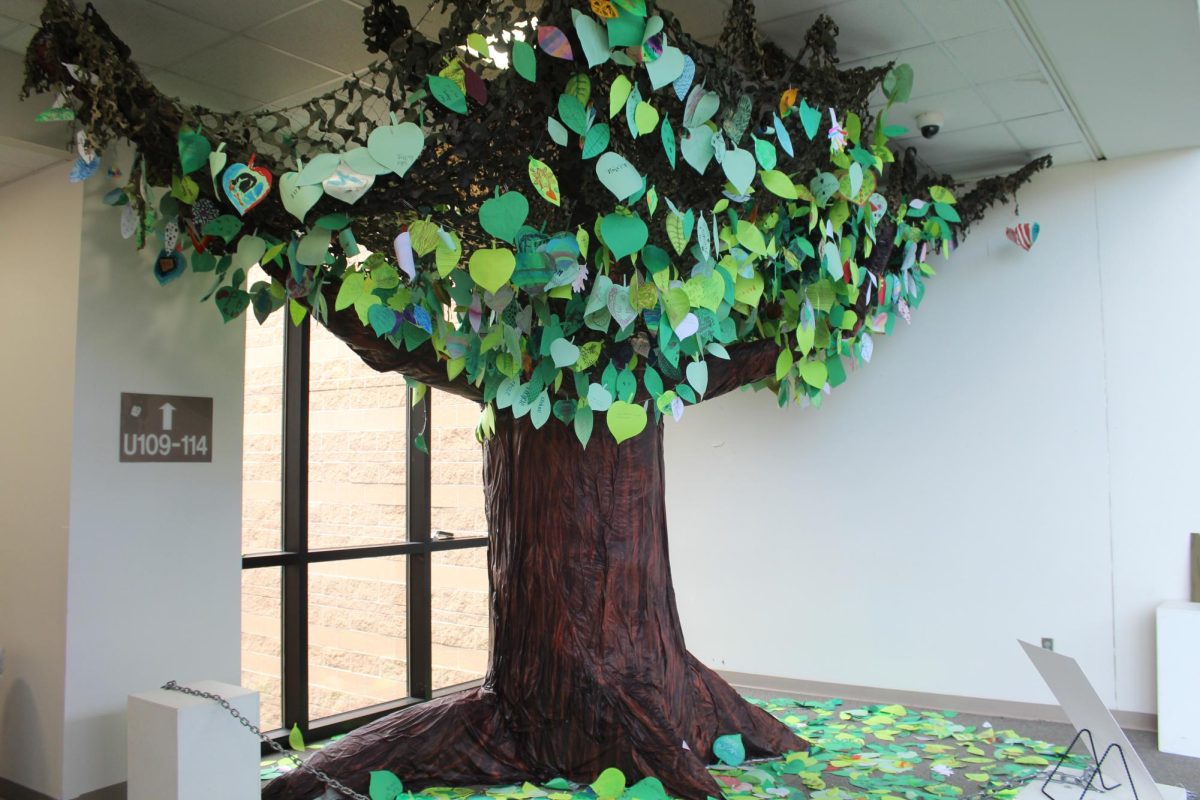
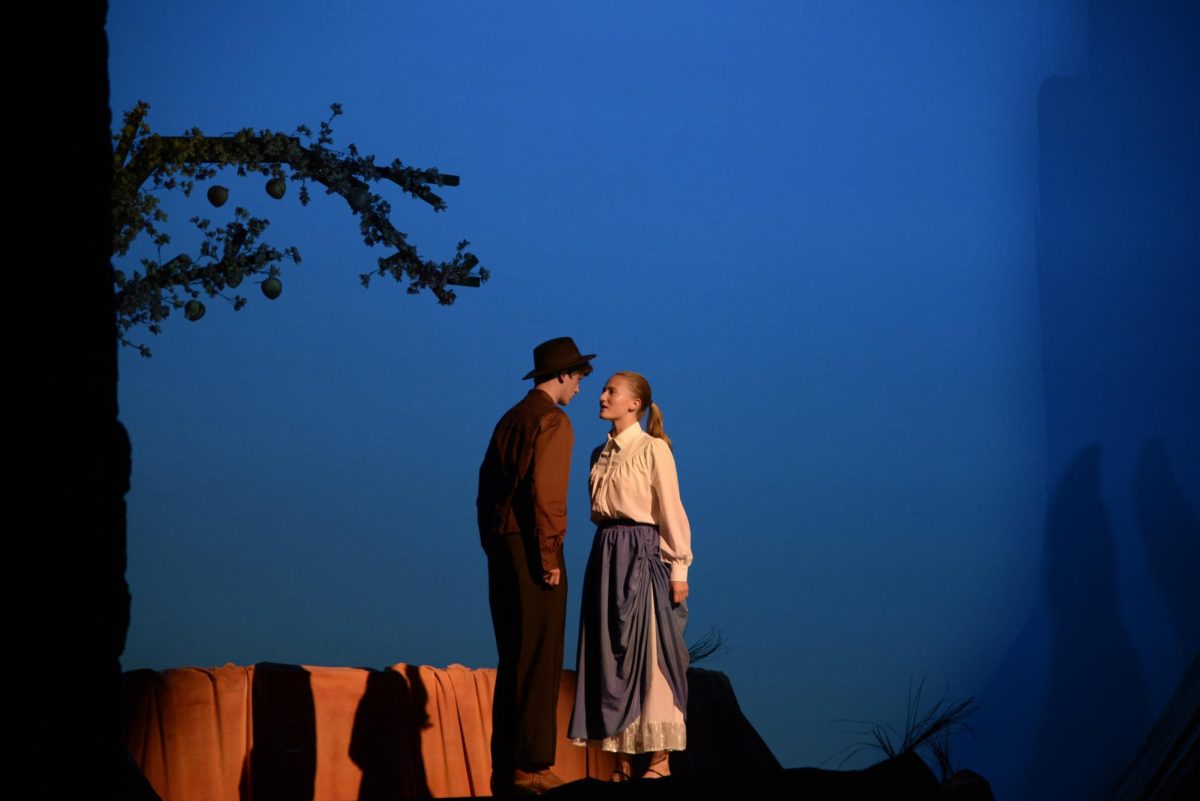

![Dream Week Diaries: GHS Pep Assembly for Matthew [PHOTO GALLERY]](https://ghschronicle.com/wp-content/uploads/2025/03/VAN_8543-1200x800.jpg)

![Feeder Orchestra Concert [PHOTO GALLERY]](https://ghschronicle.com/wp-content/uploads/2025/01/Kang_Feeder_Orchestra@Grandview_11_5-256-1200x800.jpg)

